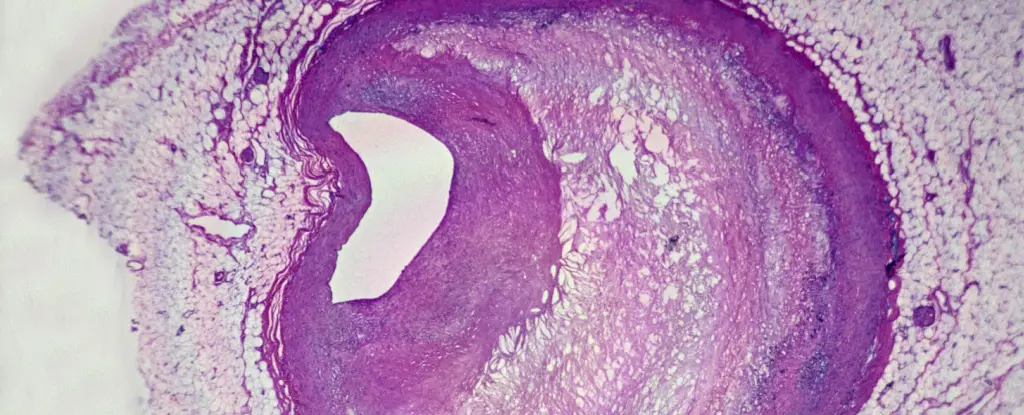Plastics are now an omnipresent part of our lives, infiltrating various ecosystems, including the very fabric of our bodies. Recent studies have alarming implications, revealing traces of microplastics in crucial human organs, such as the placenta, signaling deeper concerns about potential health risks. The urgency to comprehend the implications of these microscopic invaders cannot be overstated. This article delves into the ongoing research efforts aimed at understanding the health impacts of microplastics and calls for more comprehensive studies, especially in human subjects.
Microplastics, which are tiny plastic particles less than five millimeters in size, have been found infiltrating human tissues. These particles primarily come from the breakdown of larger plastic products and products that humans routinely use, such as packaging and containers. Recent research has revealed microplastics embedded within extracted human body fat, raising red flags about their role in cardiovascular health. In a groundbreaking study from Italy, researchers explored the presence of these particles in fatty plaques derived from patients undergoing carotid endarterectomy, a surgery performed to prevent strokes caused by blocked arteries.
Herein lies one of the main challenges: Despite robust research methodologies employed in laboratory settings, real-world exposure to microplastics is likely far more complex and variable. Current studies often utilize concentrated doses of microplastics that may not align with actual human exposure levels. This disparity necessitates more nuanced research, particularly involving direct human subjects, which remains limited.
The Connection Between Microplastics and Cardiovascular Health
The July 2023 Italian study, led by Raffaele Marfella, is particularly revealing. Over a follow-up period of 34 months involving 257 participants, nearly 60 percent were found to have polyethylene—a commonly produced plastic—in their excised arterial plaques. Alarmingly, a subset of individuals also had polyvinyl chloride (PVC), another pervasive plastic that features in various household products. Existing animal studies have indicated that microplastics can induce inflammatory responses and affect the functionality of heart cells, further emphasizing the need to scrutinize their potential effects in humans.
Will these particles influence cardiovascular disease outcomes, such as strokes and heart attacks, in humans similarly to what has been observed in animal models? Marfella’s study suggests a grim reality: patients with detectable microplastics in their plaques faced a 4.5 times higher probability of experiencing adverse heart events compared to those without. This striking statistic underscores the pressing need for additional inquiries into the direct health implications of microplastic exposure.
The research employed sophisticated techniques, including pyrolysis-gas chromatography-mass spectrometry, to identify the presence of microplastics. However, this observational nature of the study yields limitations. The findings can establish associations but cannot infer causality—a crucial element that requires careful consideration. Factors such as smoking, sedentary lifestyle, and pollution might confound results, complicating the interpretation of microplastics as a sole influence on cardiovascular events.
Given the rapid growth of plastic production in recent decades, alongside suboptimal recycling rates, concerns grow about the independent contributions of microplastics to long-term health outcomes. It is critical that future research acknowledges the multifactorial nature of cardiovascular disease. Developing studies that encompass a broad spectrum of variables will significantly enhance the understanding of how microplastics may interact with other health determinants.
The compelling findings from Marfella’s group are a clarion call to public health authorities. As plastic use continues to proliferate globally, it is essential that regulators, researchers, and healthcare professionals unite to investigate further the implications of microplastics on human health. Collaborative efforts must address the pressing questions posed by this initial research, specifically how to mitigate exposure and evaluate the potential health risks associated with microplastics.
Public health policy should aim to limit the sources of environmental microplastic exposure, with increased investment in innovative methods for recycling and plastic alternatives as part of a long-term strategy. While some regions have noted declines in cardiovascular disease rates, the intricate interplay of environmental factors necessitates continuous monitoring and study. Removing the curtain shrouding microplastics from health discourse is vital for safeguarding future generations.
The investigation of microplastics in the human body is just beginning, but the consequences warrant immediate attention. As our understanding of plastics evolves, so must our approaches to public health, research, and preventative measures in this critical area. It is only through rigorous investigation and action that we can hope to mitigate the risks posed by these pervasive pollutants.


Leave a Reply